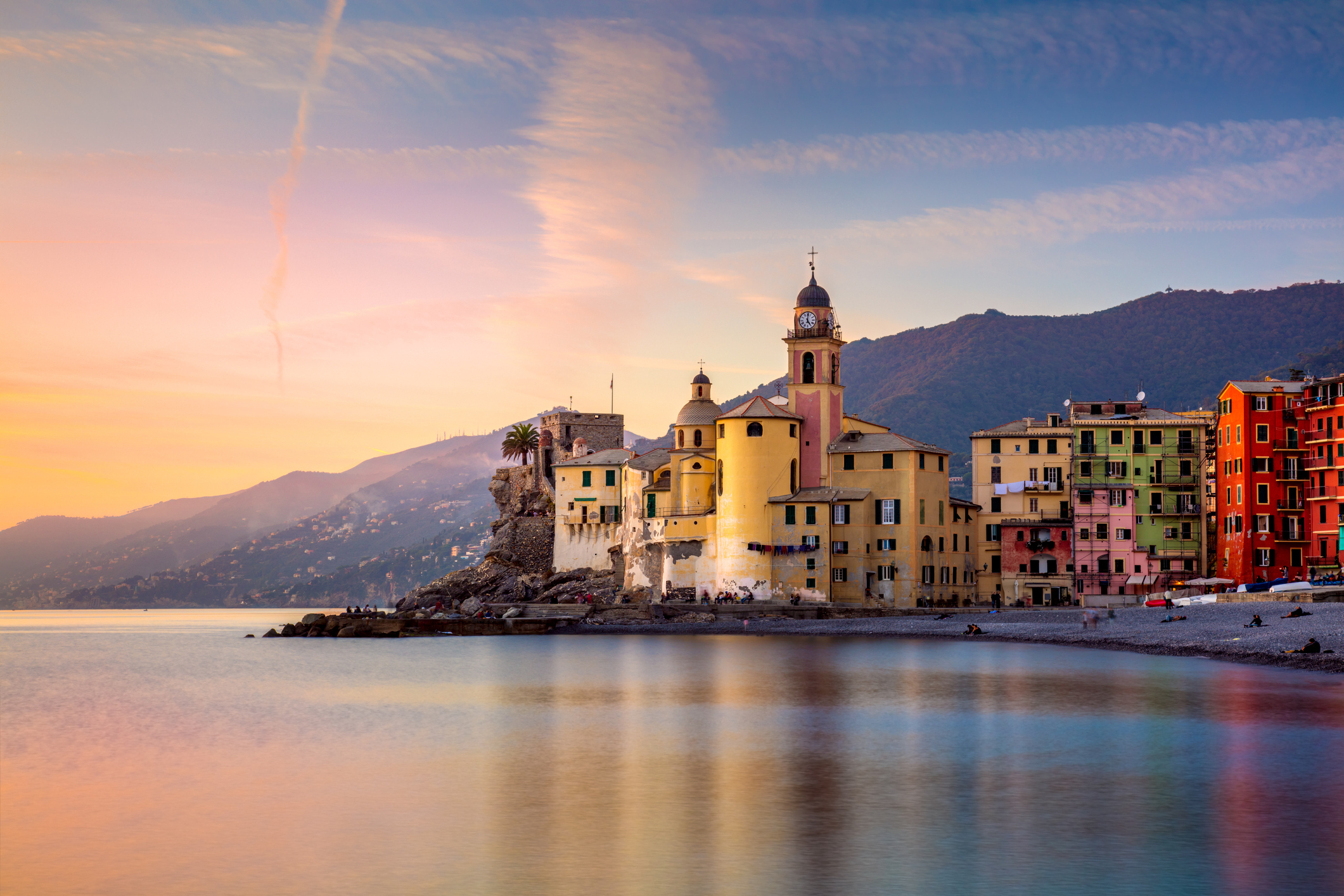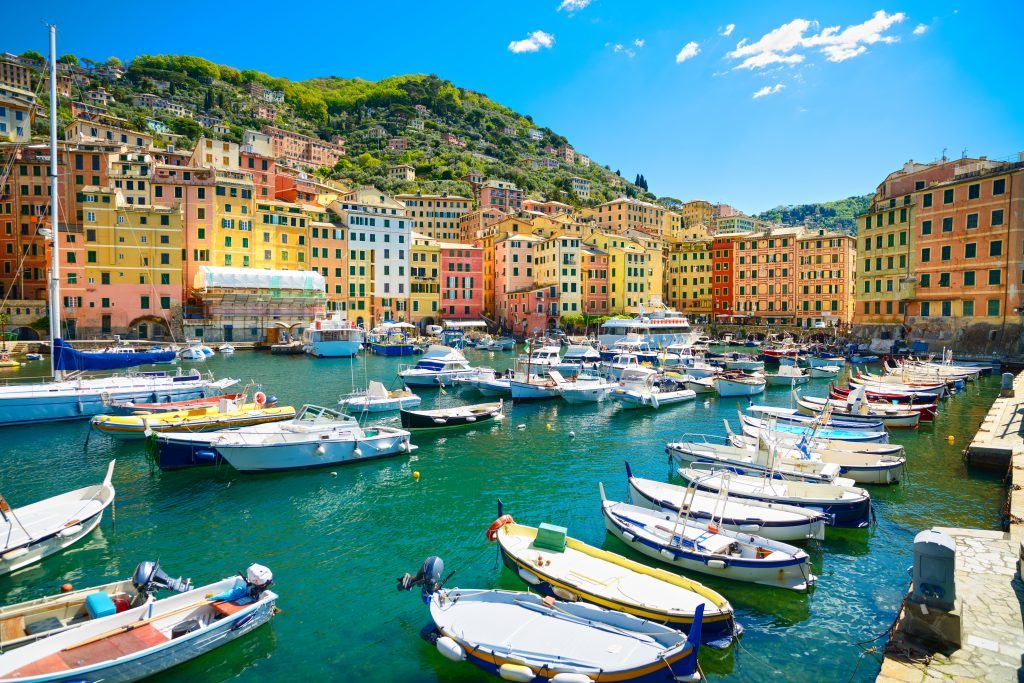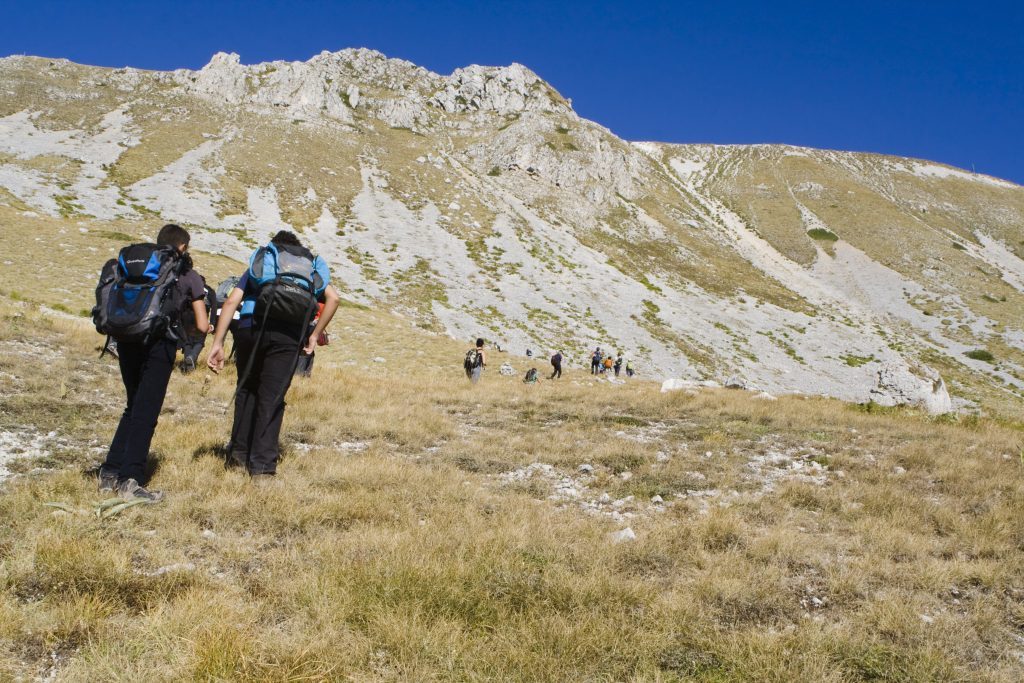
ONCE a quiet route mainly used by merchants, Liguria’s medieval Salt Road has been rediscovered as an Italian hiking haven boasting stunning views.
For hundreds of years, sea salt would be carried from the coast, crossing the Ligurian Apennines to reach Po Valley in north-west Italy.
But these days there are few people on the “Via del Sale” – so it’s ripe for discovery by walkers looking to sample the region’s unspoiled landscapes.
It takes six days to trek 80 miles, before reaching the sea at the small Ligurian fishing village of Camogli.
As well as breakfast and dinner, packed lunches are provided and luggage is transported between hotels.
Each day, you’re supplied with detailed maps – and the guides will even send someone out to rescue you if you lose your way!
The route begins in the rolling fields of Oltrepò Pavese, the largest wine-growing area in Lombardy, which is nicknamed “Little Tuscany” as the landscape shares the same features.
Every slope is covered with rows of vines and the hilltops are crowned with villages, often with matching ruined castles.
The first two days are relatively easy, with deserted country roads leading you through tiny terracotta hamlets before reaching Varzi.
This is the first town of any significant size and was once an important stop on the Salt Road. It’s still a regional centre and there’s a bustling weekly market where they sell the signature sausage that Varzi is famous for, as well as a wide selection of local cheeses.
Now the hiking gets serious as the path climbs steeply into the mountainous Apennines and the weather is often unpredictable.
Even in early June, there can be snow and strong winds so waterproofs and gloves are essential.
The Albergo Capanne di Cosola is the highest hotel on the route but each room has its own gas fire, perfect for drying wet clothes.
Even better, their meals are perfect for the hungry hiker, with starters of salami and ham, then three plates of different pasta, before a main course of roast meat.
In fact, all the innkeepers on this hike provide so much food that you’ll probably end up gaining weight rather than losing it.
From here the trail touches 1700m and follows a ridge which on good days promises majestic views, although I was lost in the mist.
This is also the domain of wild horses who wander these slopes trying their best to avoid people.
They’re completely harmless but will abruptly change their track and graze at a safe distance if you run across them.
Deer are also lurking around, but they bound off into the woods before you can get a photograph.
After four days the long descent to the coast begins.
To the North, there are glimpses of the snow-covered Alps, and ahead is the perfectly turquoise Mediterranean. This is one of the most delightful parts of the walk, shaded by chestnut woods and lined with colourful bursts of alpine spring flowers.
The path winds its way downwards and you head down a few flights of steep steps before reaching the end of the Salt Road at Camogli.
Charles Dickens described this village as the “saltiest, roughest, most piratical little place” and it still has a small fishing fleet. Clustered around the port, the houses sit five or six stories high, painted in distinctive pastel shades, dominating the sea front.
Every year in June the village hosts the Sagra del Pesce, a two-day festival with processions, bonfires, fireworks and a big fry-up. Scaffolding supports a massive frying pan, four metres in diameter, holding 3000 litres of olive oil to fry as much fish as you could eat.
Even if you can’t time your arrival with the dates of the festival, Camogli is a welcoming place, its promenade filled with ice cream shops, bars and restaurants.
The beach is stony but the sea is the perfect place to soak aching feet.
After all, salt used to be carried from here so why not take advantage of its healing properties?

Enjoy the convenience of having The Sunday Post delivered as a digital ePaper straight to your smartphone, tablet or computer.
Subscribe for only £5.49 a month and enjoy all the benefits of the printed paper as a digital replica.
Subscribe
